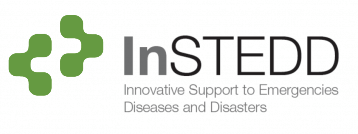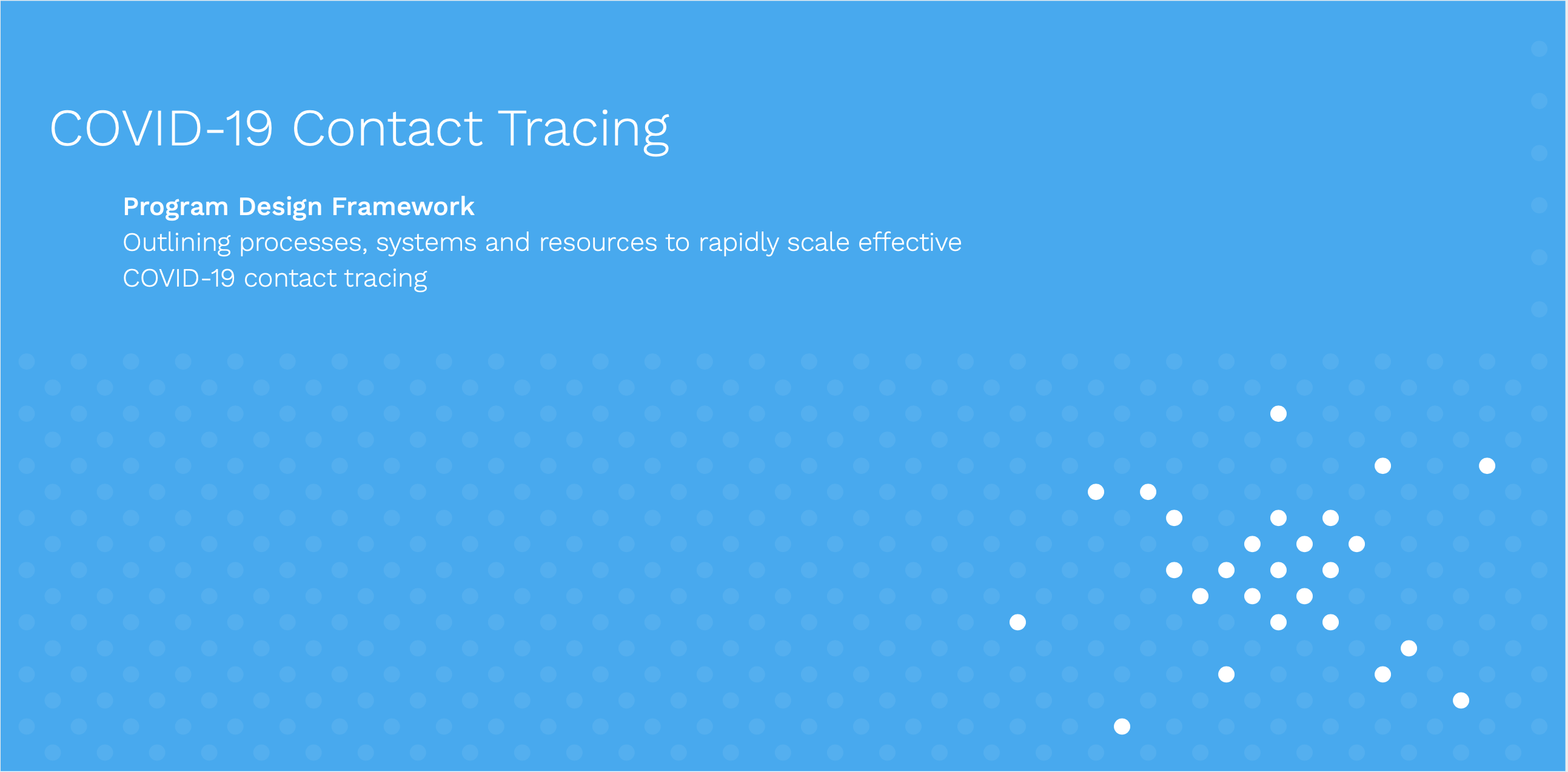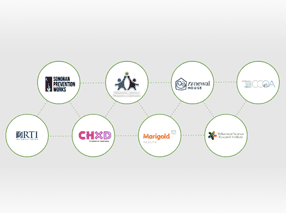InSTEDD is proud to announce the launch of a new project! The Kenya TB Tech project brings together mHealth and eHealth solutions to improve tuberculosis (TB) care for people living with HIV.
Because their immune systems are so vulnerable, people living with HIV have a 20 times higher risk of dying from tuberculosis than anyone else. Thriving in the wake of the HIV pandemic, tuberculosis is a disease that has gone from near-extinction to being one of the world’s most common and deadly conditions. According to WHO, TB is one of the top causes of death among women and children in the world (WHO, 2011). An estimated 14 million people worldwide are infected with active TB.
But there is hope. Research now confirms that people can take a simple daily pill — isoniazid preventative therapy (IPT) — to protect themselves from TB during the months in which their immune systems are most vulnerable. The WHO now recommends that all people living with HIV who don’t have tuberculosis already should be given access to these life saving pills. But sadly, it is estimated that among 33 million people living with HIV worldwide, only 1.7 million (5%) have been tested for TB and only about 85,000 (0.2%) were offered TB preventive therapy.
That’s where the TB Tech project comes in. InSTEDD and its partners at Kijani, Population Council, and AMPATH-Kenya are working to design, develop, implement, and evaluate information and communication technologies to improve TB care among people living with HIV. As an initial phase of this project, our team is focused on a TB care reminder system. This reminder system uses information from patient electronic medical records (OpenMRS) to give medical providers the right reminders at the right time about what they can do during each patient visit to improve TB diagnosis and prevention among their patients.
This project takes place in 3 stages.
1. Design: Using techniques from User-Centered Design, we are creating the best reminder system possible using iterative input from key stakeholders and providers in Kenyan clinics and hospitals. Part of this involves engaging users early and often during the design process. This started with long conversations and meetings in January. And, between now and May, we will engage users in usability testing to make sure that our reminders are accurate, effective, and satisfying to busy clinicians working in very resource-constrained settings.
2. Deploy: In June/July, we will launch our system across dozens of clinics across Western Kenya, from one-room buildings with corrugated tin roofs to three-story regional hospitals.
3. Evaluate impact: Using a cluster-randomized clinical trial, we will measure the impact of the TB Tech reminder system to determine how many more people living with HIV are tested for TB and start preventative therapies. Ultimately, the more people who get this preventative medication, the more who will be saved from TB and from the illness and death that so often follows.
But, we are just getting started. Check out this travel log (above) from our first trip to Kenya, collecting stories, ideas, and information from the patients, providers, and local leaders.
Updates to come!
Caricia Catalani





